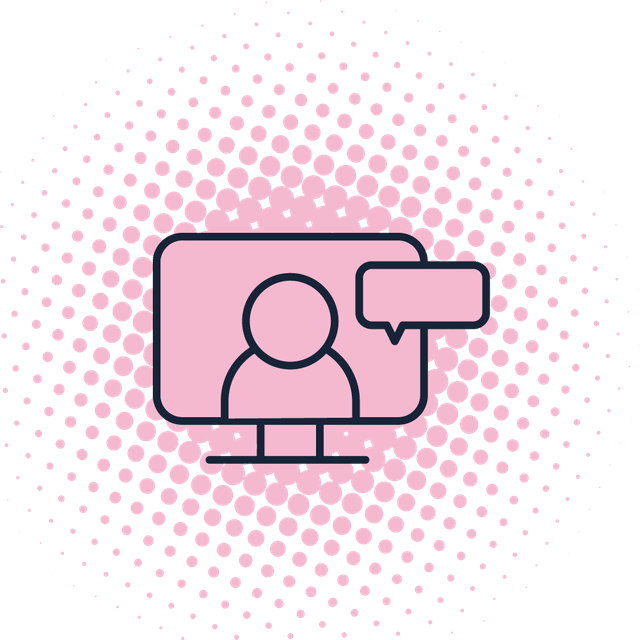Around the Luma Health office, we’re all dedicated to keeping up with the latest tech news. And the most recent software update, iOS 13, has got everyone buzzing. There’s a myriad of new emojis (who doesn’t love the flamingo one?), a Dark Mode ideal for late-night browsing, and much more, but we think that the most important update is one that has direct implications on patient outreach programs with providers.
It’s known as the “Silence Unknown Callers” feature, which gives iPhone users the option to block any number not saved in their contacts, thereby preventing them from receiving calls from at-risk spam and telemarketer numbers. When the feature is activated, unrecognized, suspicious numbers will be sent to voicemail without your phone ever ringing.
Make no mistake, it sounds super cool to be able to avoid sketchy calls, wrong numbers, and to never have to say no to people who just won’t take no for an answer. But one concern immediately jumped out for us: how will this feature affect patients receiving phone calls from their care providers? Patients could inadvertently block important calls from their care teams simply because they want to stop getting telemarketing calls.
Don’t worry, though: we’ve got simple engagement solutions that prevent your patient outreach programs from being lost in patients’ voicemail. Even better, they can reduce your no-show rates and keep appointment slots filled. Hint: our solutions involve making the switch to text!

If you’re looking to improve your telehealth offering, this on-demand webinar shares some best practices.
One key benefit of using Luma Health’s platform? When we send voice reminders to patients, we use your clinic’s phone number to avoid spam filters that obstruct patients from getting needed appointment reminders. If you have an established relationship with your patients and remind them to add your clinic number to their contacts, you will get through. When patients receive a call via the Luma Health platform, it won’t go to their voicemail, and it’ll be immediately clear that it’s an important call relating to their medical needs.
Just make sure to notify your patients so that they know to save your clinic number into their contacts and they can have the best of both worlds: enjoy freedom from telemarketing while still ensuring that they’re keeping up to date with their medical appointments.
The number one reason patients miss appointments is forgetfulness or confusion. Avoid the chaos with two-way messaging and ensure you and your patient are on the same page.
But relying on phone calls to reach your patients isn’t foolproof. Outbound phone calls are clearly becoming less common, and with good reason. Nowadays, it’s rare for a patient to interrupt their workday to answer personal calls, and given the plethora of communication options available to them, why would they want to use the most intrusive one? And inevitably, a few of them won’t remember to save your number in their contacts. With such a heightened risk that patients won’t pick up your calls, it’s time to reconsider the traditional medical call and instead embrace the utility of text.
When it comes to patient outreach programs, automated text messages are guaranteed to always reach your patients — no chance of going to voicemail there. In fact, texts have an approximately 98% open rate, and it takes only 90 seconds on average to get a response. So if you’re looking for a way to get appointments scheduled and confirmed in an efficient, timely manner, text is hands-down the best way to go.
And after the appointment is confirmed, automated text-based reminders are essential to reducing no-shows, which could be costing your practice thousands of dollars per month. The number one reason patients miss appointments is forgetfulness or confusion; using phone calls for reminders can create more confusion when your call goes straight to voicemail. Avoid the chaos with HIPAA-compliant, two-way messaging that ensures that both you and your patients are on the same page. (Check out our infographic to learn more about why patients love text!)
Patients are increasingly demanding text as an option to communicate with their providers, and given the newest Apple features that encourage text messages over phone calls, what better time to adopt it than now?






